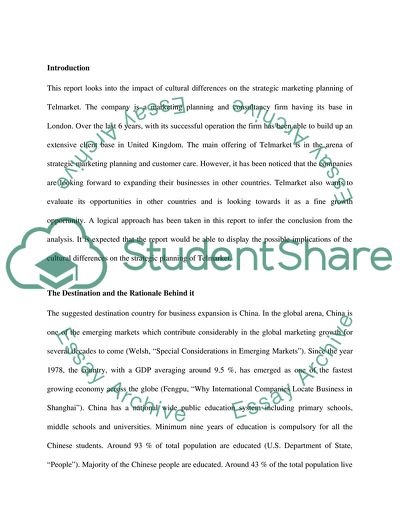Cite this document
(Strategy Planning of Telmarket Report Example | Topics and Well Written Essays - 2000 words - 1, n.d.)
Strategy Planning of Telmarket Report Example | Topics and Well Written Essays - 2000 words - 1. https://studentshare.org/marketing/1747230-ism
Strategy Planning of Telmarket Report Example | Topics and Well Written Essays - 2000 words - 1. https://studentshare.org/marketing/1747230-ism
(Strategy Planning of Telmarket Report Example | Topics and Well Written Essays - 2000 Words - 1)
Strategy Planning of Telmarket Report Example | Topics and Well Written Essays - 2000 Words - 1. https://studentshare.org/marketing/1747230-ism.
Strategy Planning of Telmarket Report Example | Topics and Well Written Essays - 2000 Words - 1. https://studentshare.org/marketing/1747230-ism.
“Strategy Planning of Telmarket Report Example | Topics and Well Written Essays - 2000 Words - 1”. https://studentshare.org/marketing/1747230-ism.


